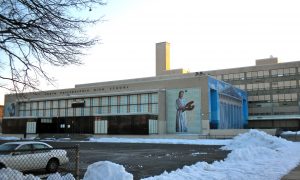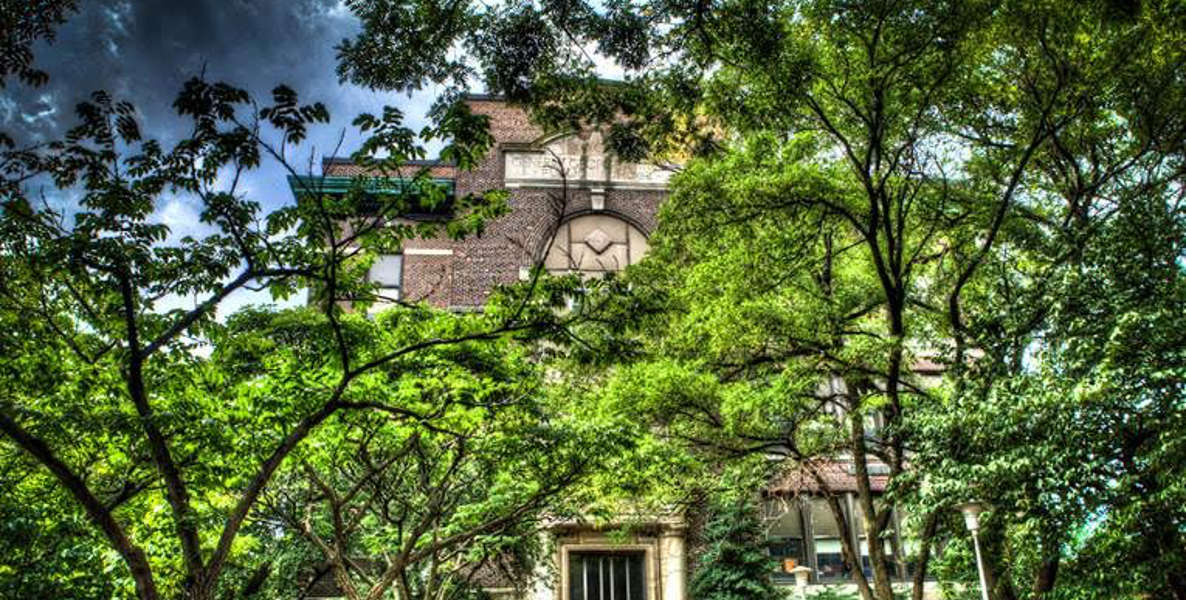[ED NOTE: On Monday, when city and school leaders announced their plan to open 25 community schools in Philadelphia over the next four years, it marked a couple of firsts: The first time (in a while) the city, School District and School Reform Commission have been on the same page in their plans for city schools. And the first real foray into what community school advocates contend is the best way to ensure urban children are able to truly learn in their classrooms: By turning school buildings into neighborhood resource centers serving students and the community.
Mayor-elect Jim Kenney and Council President Darrell Clarke traveled to Cincinnati to visit that city’s school district, where every building is on its way to becoming a community school. The theory is that if students have easy access to health and other services, teachers will be able to better focus on teaching and students will be better able to learn. As Superintendent Hite and others have noted, academic success in Cincinnati is still not where it should be; Philadelphia, when down going that path, will need to learn from that city’s stuttering progress.
Last December, The Citizen first wrote about how Cincinnati got there—and urged Philadelphia to consider including community schools in its efforts on school reform.]
As the school year started in Philadelphia this year, Superintendent William Hite announced that all students, regardless of income, would automatically be eligible to receive a free breakfast and lunch. The reasoning was clear: Kids who come to school hungry cannot possibly learn.
But it isn’t hunger alone that keeps Philly students from being able to concentrate in class. In this city, where 40 percent of children live in poverty, 87 percent of public school students are economically disadvantaged. Their lives outside of school are often filled with the ills that go along with a poor urban existence: Neighborhood violence; parents who are unemployed; poor medical and dental care; frequent moves or homelessness. Study after study has shown that the effects of poverty are the biggest factors in maintaining the learning gap among students. Again, the message is clear: No matter how skilled their teacher is, students cannot succeed if the rest of their lives are in chaos.

“Schools try to take the position that they’re just about reading, writing and arithmetic,” says Paul Reville, former Massachusetts Education Secretary who leads Harvard’s Education Redesign Lab. “But if you have students afflicted with profound issues outside of school, they can’t be accountable if they don’t perform.”
To Reville, the only answer is a complete overhaul of schools in America so that they offer students not just education, but also access to the social and health services that keep a child in school and ready to learn.
In Philadelphia, some schools have adopted a version of Reville’s vision. In October, the District announced plans for its first two community schools, at Strawberry Mansion and South Philadelphia High, which in the last few years has incorporated community groups into the building. Last June, Mayor Nutter announced plans to put social workers into schools with high concentrations of children in the care of the Department of Human Services. And North Philly’s Young Scholars Frederick Douglass, a charter-run Renaissance School, has three full-time social workers and six behavioral health workers on staff, and a parent resource room with Internet access to help, among other things, with job searches. (Other charter schools have similar staffing.)
Still, when most schools don’t even have full-time counselors or nurses, it’s hard to imagine this sort of whole-scale change in Philadelphia.
“People have the attitude that, ‘So goes the schools, so goes the city.’ It has transcended school boards, council members, mayors,” says Cincinnati’s Doppler.
But it could be possible. Just take a look at the city of Cincinnati. Like Philadelphia, Cincinnati is a high-poverty city with a decayed industrial core and high levels of unemployment and urban blight. Its school district is much smaller—just 33,000 students—but like in Philly, most of its students suffer the effects of poverty. Ten years ago, Cincinnati embarked on a campaign it calls “Transforming Schools. Revitalizing Communities.” The school board convinced voters to approve a tax levy for renovating or rebuilding all 55 schools with a promise that all the new buildings would be “community learning centers” with space not only for improved instruction, but also health and social services for the whole neighborhood.
Local schools, parents and neighbors decided which services each learning center would offer. Then the district assigned each school an appropriate full-time “resources coordinator” to oversee the non-academic programs. (So far, 39 schools have become community learning centers; the other 16 are still in the planning process.) One school, for example, decided that it needed more services to help families stay intact and in the neighborhood, so it pulled the resource coordinator from a local community group that works with families. Neighbors also said they needed more green space, so the school built a roof garden. Other learning centers house public health programs, and in September, the district opened its first dental clinic on school property.
Providing wraparound services is not that expensive. United Way and Proctor & Gamble have helped fund Cincinnati’s program as has a Title 1 grant—for which Philly schools would also qualify.
The citywide efforts seem to be paying off. Several Cincinnati schools still struggle, but in 2010, Cincinnati became the first urban district in Ohio to get an “effective” rating from the state. Scores on its 11th grade standardized test far outshine other city districts, and are close to the state average—including those of wealthier suburbs. Kindergarten readiness and fourth grade reading achievement have both increased by double digits. Julie Doppler, Cincinnati’s Community Learning Centers Coordinator, notes that the district revamped its education, with updated curricula and teacher development, and that Cincinnati boasts a healthy working relationship between the teachers union and administration. But Doppler says the attention to social service needs has transformed the way the city educates its children.

“It has become part of the culture in the city,” says Doppler. “People have the attitude that, ‘So goes the schools, so goes the city.’ It has transcended school boards, council members, mayors.”
Here’s the amazing part: It’s not that expensive. Much of the social service programming in community learning centers comes from existing organizations that already do the work in the neighborhood. Resource coordinators in the first nine schools were funded with a $1 million grant from United Way, and from local businesses, like Procter & Gamble, which is headquartered in Cincinnati. Now, 30 programs are funded through grants and Title 1—for which Philly schools also qualify. The other nine coordinators are employed by neighborhood nonprofits. But Doppler notes that even if the district were to fund the one extra employee, it would be worth it.
“They cost $65,000 a year,” she says. “But if we had to contract for all the services they provide or arrange—physical and mental health, tutoring, social work, mentors—it would cost millions.”
Other districts have started to take notice of what’s happening in Cincinnati and in pockets elsewhere around the country. In New York, where Children’s Aid Society runs 16 community learning centers, Mayor Bill DeBlasio in November announced a plan to expand the program to another 100 schools. Individual schools in San Diego and elsewhere have made room for health clinics. Charter school companies often include versions of these types of programs in their mandate. As they have learned, this wraparound approach to education not only works—but nothing else works without it.
“This has to be the next step in school reform,” says Reville. “Only when we optimize schools across the country so people come in ready to learn will we really be able to level the playing field—which is what everybody says we want.”
Header photo by Jack Dugan



